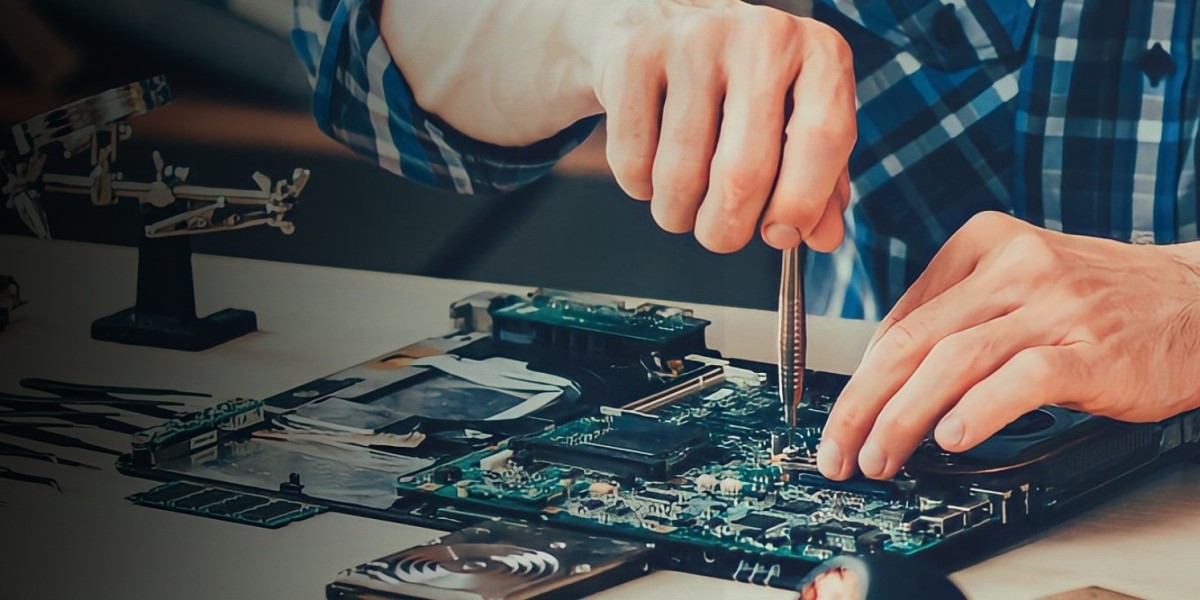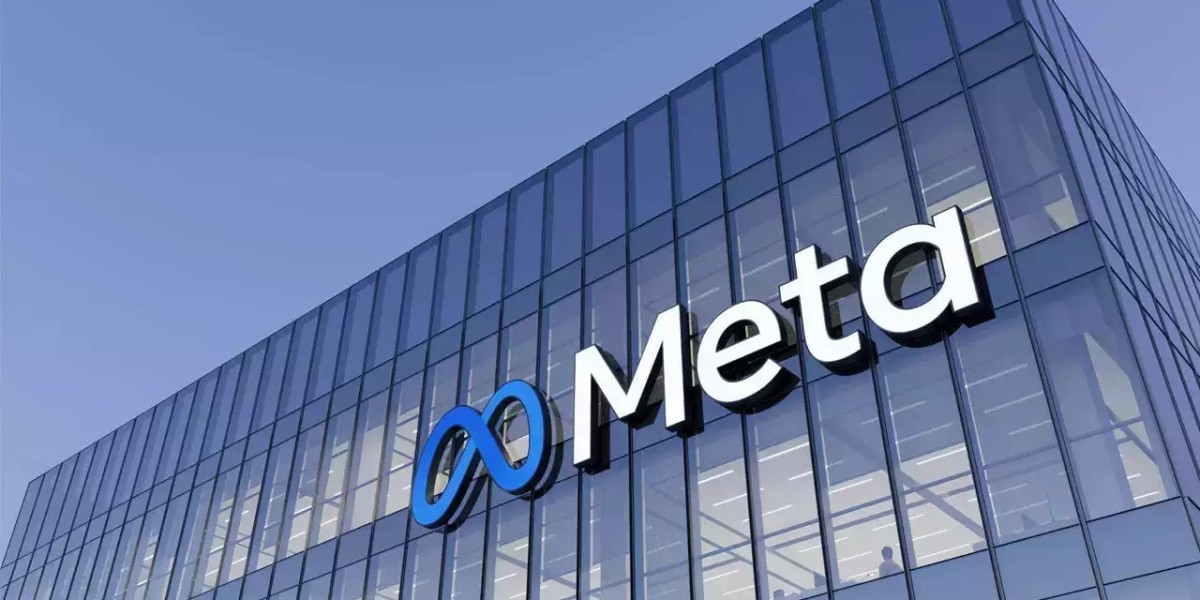The motherboard is the primary circuit board that holds the essential components of a server, such as the processor, memory, and storage interfaces. It acts as the central hub, allowing communication between various parts of the system. Unlike consumer-grade motherboards, server motherboards are designed to handle more demanding workloads and provide enhanced stability and performance.
Key Features of Server Motherboards
Server motherboards differ significantly from their desktop counterparts in terms of features and specifications. They are built to support high-end processors, larger amounts of RAM, and multiple storage options. Many server motherboards are designed for 24/7 operation, providing the reliability needed for critical applications. They also often include advanced networking options, such as dual or quad Ethernet ports, to handle high traffic demands.
Scalability and Expansion
One of the biggest advantages of server motherboards is their scalability. Server environments often need to expand as workloads grow, and server motherboards accommodate this need. They support multiple CPU sockets, allowing users to install additional processors to increase computational power. Additionally, these motherboards provide numerous PCIe slots for adding expansion cards, such as network interface cards (NICs) and storage controllers, to further enhance performance.
Memory and Storage Support
Server motherboards are designed to handle much more memory than regular desktop boards. They typically support large amounts of ECC (Error-Correcting Code) RAM, which ensures data integrity by detecting and correcting memory errors. This is crucial in server environments where uptime and data accuracy are paramount. Furthermore, server motherboards usually offer multiple storage options, such as SATA, SAS, and NVMe interfaces, enabling fast data transfer rates and large storage capacities for enterprise applications.
Redundancy and Reliability
Reliability is a key feature of any server motherboard, as downtime can result in significant business losses. Many server motherboards include features like redundant power supplies, thermal sensors, and hardware monitoring systems to ensure continuous operation. These boards are also designed with high-quality components that can withstand the wear and tear of constant usage, providing long-lasting performance.
Conclusion
Server motherboards are the foundational components of any server system, offering the power, scalability, and reliability needed to support demanding workloads. Whether you're setting up a small business server or managing a large data center, choosing the right motherboard is crucial for maintaining optimal performance and ensuring the longevity of your infrastructure. By understanding the key features and benefits of server motherboards, you can make informed decisions that will keep your systems running smoothly.









